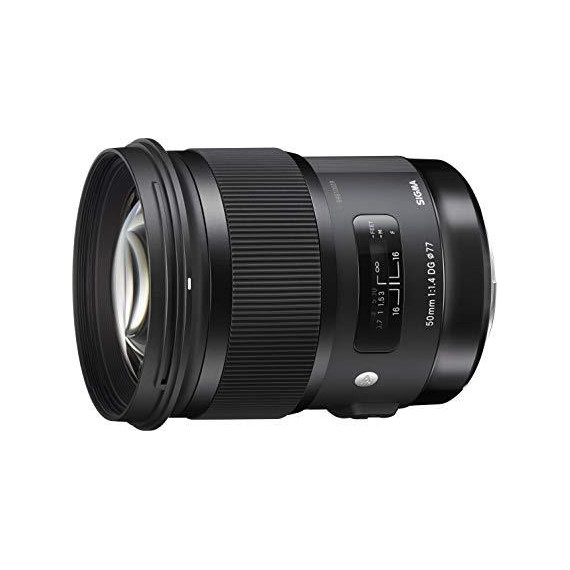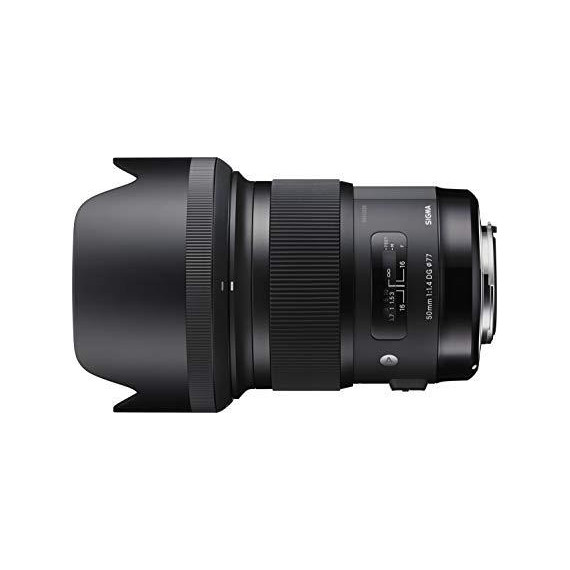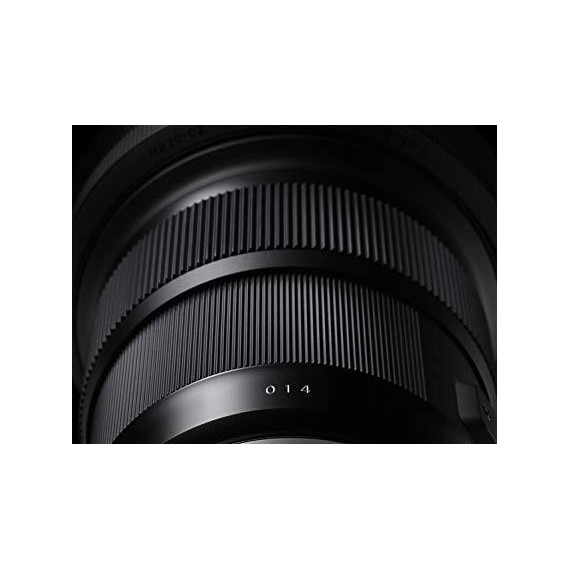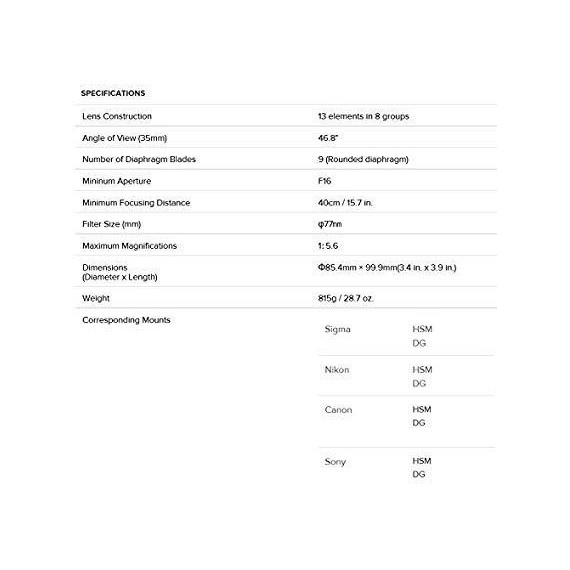Pen
Sigma 50mm F1.4 Art DG HSM Lens for Canon
B00JPL7CK6

Serving customers for more than 35 years, Adorama has grown from its flagship NYC stor...
المدينة: US, Pasadena
Delivery
DHL express - Fast
1 day, Door-to-Door, Courier Delivered
from 26$
Pickup at your own expense
Tomorrow from 09:00 to 20:00, Store location
Free
Payment options
Cash, bank card, credit/installment payments, cashless payment for legal entities
Warranty and returns
Exchange/return of products of proper quality within 14 days
Official manufacturer's warranty: 12 months
Description
This fits your .
Reviews
R. Marley
Jim Mercer
Chester Copperpot
Mike Vande Ven Jr.
Nick Smith
KLD
Drew2211
John McPhee
Andrew M.
Showing 10 of 20 review
الرجاء تسجيل الدخول حتى نتمكن من إخطارك بالرد

















